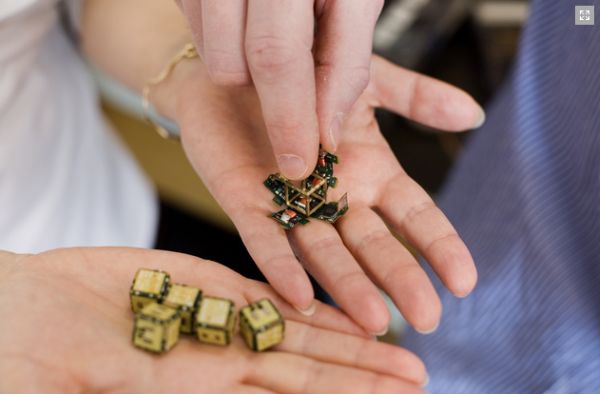Remember the making of the ‘Sandman’ character from the Spiderman movie? Well, you might not be able to make shape shifting individuals out of sand, but the smart minds in robotics at MIT are well on their way to craft shape shifting objects that are crafted from ‘smart sand’. And this is by no means an exaggeration of what the brilliant team at Distributed Robotics Laboratory (DRL) at MIT’s Computer Science and Artificial Intelligence Laboratory are trying to achieve.

If you are still a bit confused about how sand particles will mould themselves into objects, then let us clear up the process for you. Smart sand units will be specially crafted by researchers at MIT and equipped with electropermanent magnets, a microprocessor and a working memory unit. All your need to do is place the object that you would like to replicate in a smart sand pile. Once you do that the smart sand particles will automatically join to give you a product exactly identical to the one you had put in the pile.
The sand works on a special subtraction algorithm instead of an addition algorithm that most other robotic units use. Again, putting it in simpler fashion, the smart sand units that need to join up and form the shape stick together while the others in the sand pile just fall away. Imagine it as sculpting at a miniature robotic level; the pile turns into an object since the excess units just fall away systematically. The technology is both revolutionary and something that promises to offer reusability at a whole new level in future.
That is simply because you can always turn the object back into smart sand units and synthesize something else altogether. Right now the prototype cubes at MIT store 32 kilobytes of program code and two kilobytes of working memory. That needs to change along with an ability to put all these units in smaller, sand like particles. It might be another decade before this technology actually materializes and even that will be a rush. But it sure seems like its well worth the wait.
Via: MIT




